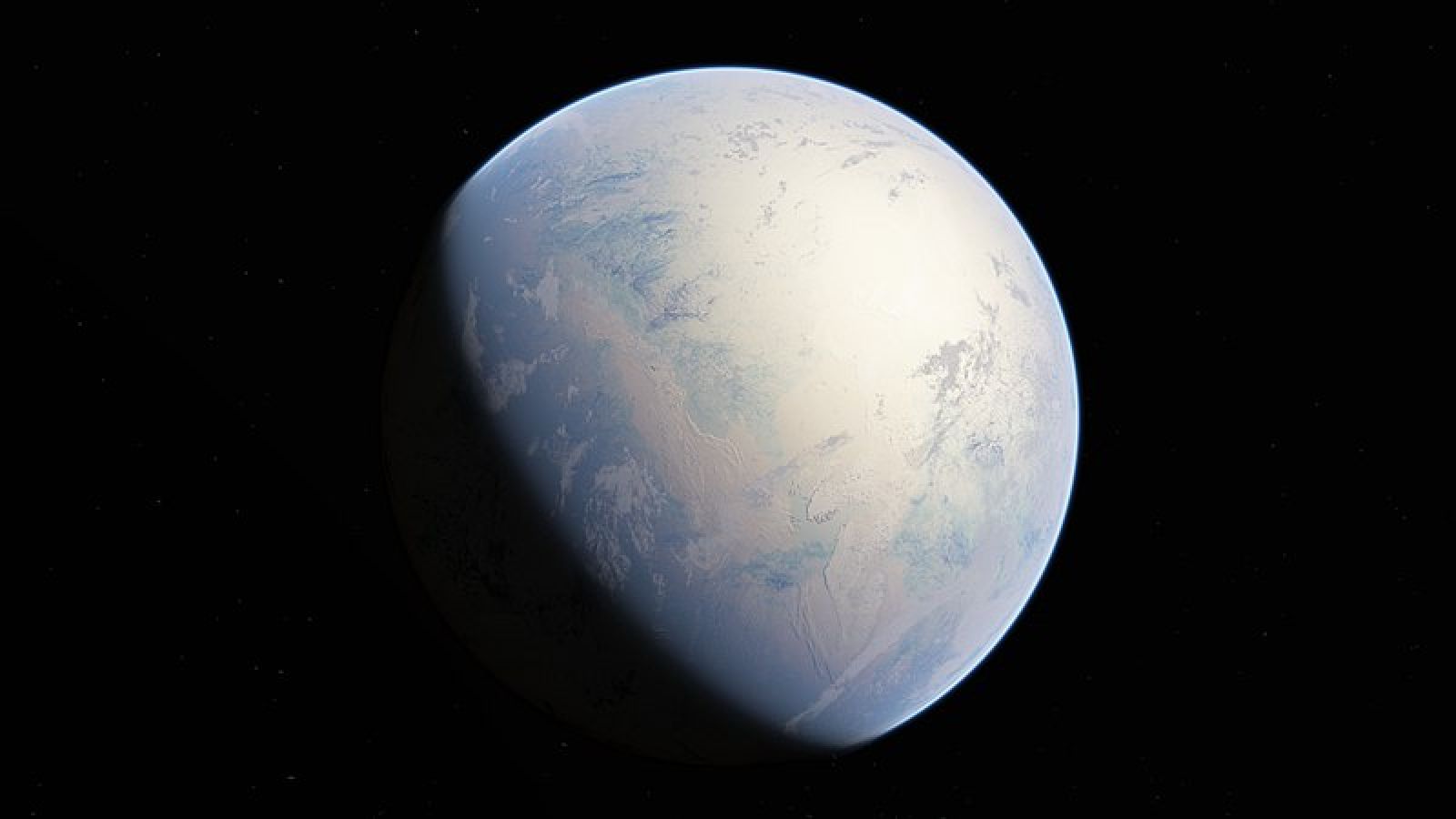Follow us on Google News (click on ☆)
This research, published in the journal Geology, highlights the role of ancient glaciers as true natural bulldozers. By scraping the Earth's crust, they released essential minerals that, once poured into the oceans, altered their chemical composition. These changes created an environment conducive to the emergence of more complex life forms.
The role of glaciers in transforming the Earth
The glaciers of the Neoproterozoic era, sometimes several kilometers thick, acted as giant excavators. As they moved, they tore away deep rocks, exposing ancient minerals. These materials, rich in chemical elements, were transported to the oceans during the melting of the ice.
The analysis of crystals in ancient rocks has made it possible to trace this process. Researchers discovered that the released minerals, such as uranium, altered the chemistry of the oceans. These transformations favored an increase in oxygen and nutrients, essential for the development of complex life.
This study shows that glaciers did not just shape the landscape. They also influenced the planet's chemical cycles, closely linking geology, climate, and biological evolution.
Lessons for current climate change
The findings of this research provide valuable insight into past climate mechanisms. Ancient ice ages demonstrate how environmental changes, even slow ones, can have lasting impacts on ecosystems. These natural processes took place over millions of years, unlike the current warming, which is much faster.
Scientists emphasize that the chemical transformations induced by glaciers had repercussions on the atmosphere and oceans. These complex interactions remind us that Earth's systems are interconnected, and that disrupting one element can have cascading consequences.
By studying these ancient events, researchers hope to better understand the current challenges of climate change. The lessons of the past show that the Earth can undergo profound transformations, but also that these changes can be unpredictable.
To go further: How do minerals influence life?
The minerals released by glacial erosion played a key role in the evolution of life. By dissolving in the oceans, they altered the chemistry of the water, increasing oxygen levels and providing essential nutrients. These changes created an environment conducive to the emergence of more complex organisms.
Among these minerals, uranium was particularly important. Its introduction into the oceans favored chemical reactions that increased the availability of oxygen. This element, essential for the respiration of organisms, allowed more elaborate life forms to develop. Moreover, the minerals enriched the nutrient cycles, supporting the growth of early marine ecosystems.
Minerals also influenced underwater heat sources. By interacting with water, certain elements generated thermochemical reactions, creating warm and energy-rich environments. These areas may have served as cradles for the first microbial life forms, which then evolved into more complex organisms.
Finally, minerals acted as catalysts for essential biological processes. Phosphorus, for example, is a key component of DNA and ATP, the energy molecule of cells. Without these elements, life as we know it could not have developed. Thus, glaciers, by releasing these minerals, indirectly shaped the course of evolution.
